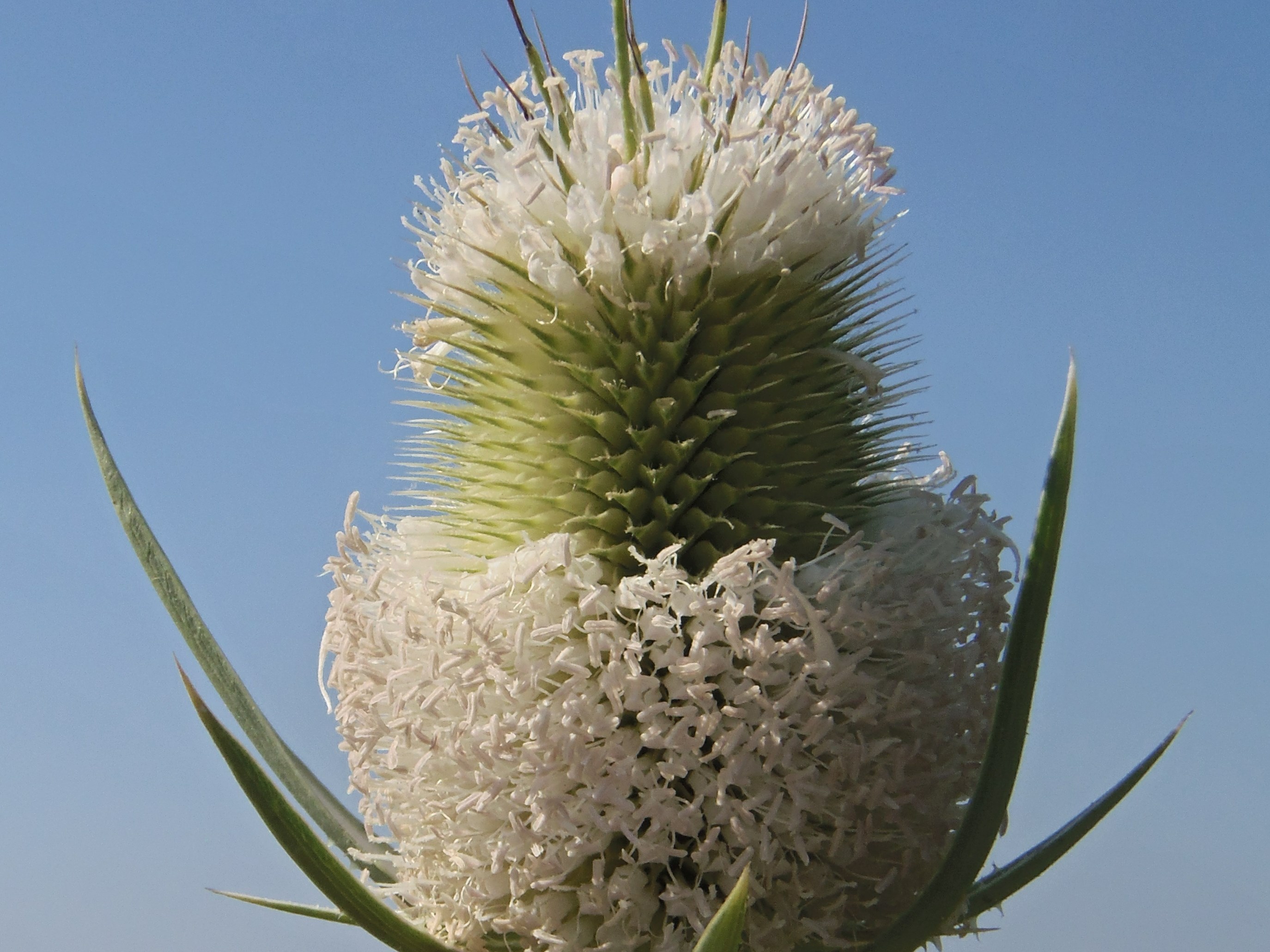Created on: Wednesday, Jun 8th, 2016
The following webpages were consulted for this screen: Tropicos: http://www.tropicos.org/Name/11200011; GBIF: http://www.gbif.org/species/2888814; USDA PLANTS: http://plants.usda.gov/core/profile?symbol=DILA4; GRIN: https://npgsweb.ars-grin.gov/gringlobal/taxonomydetail.aspx?id=316652; The Plant List: http://www.theplantlist.org/tpl1.1/record/kew-2771869; CABI: http://www.cabi.org/isc/datasheet/113926; EOL: http://www.eol.org/pages/467217/overview; PIER (congener): http://www.hear.org/pier/species/dipsacus_sativus.htm; Invasive list: http://ice.ucdavis.edu/invasives/home/species?page=5; Cal-IPC (congener): http://www.cal-ipc.org/paf/; Bugwood Wiki: http://wiki.bugwood.org/Dipsacus_laciniatus
Reviewed by Lynn Sweet.
- < 13 : accept (low risk of invasiveness)
- 13 - 15 : evaluate further
- > 15 : reject (high risk of invasiveness)

